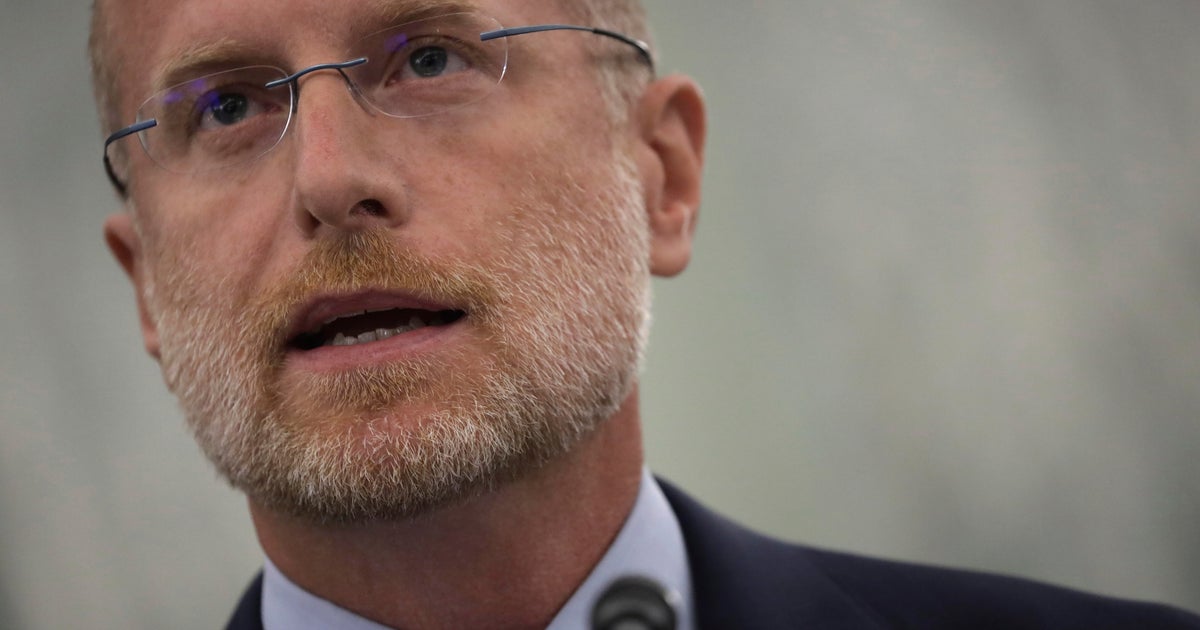Elon Musk unveils a 125 mph electric sled to fast-track cars through tunnels
Whether it's slick marketing or the way we'll all be traveling in the future, the idea for Elon Musk's new, 125-mile-per-hour electric sled appeared to take hold last year when Musk lost patience with car traffic.
"Traffic is driving me nuts," he tweeted in December, 2016. "Am going to build a tunnel boring machine and just start digging..."
With that, the so-called Boring Company was born, another addition to Musk's ever-growing portfolio of technology ventures. Best known for his innovations at Tesla and SpaceX, Musk's ventures span not just electric autos and space exploration, but sustainable and solar energy, neurotechnology, artificial intelligence and more.
In a slick video last month, the Boring Company illustrated its ultimate vision: a network of tunnels that would whisk cars underground across great distances at high speeds. In the video, the company showed cars being lowered from ground level parking spots to a sophisticated tunnel network below, and then hurtling towards their destination unimpeded by traffic jams.
On Friday, Musk went one step further, showing off a test run of an electric sled transporting a single car at 125 miles per hour. Musk said the Boring Company's new sled technology would automatically switch between tunnels, dramatically reducing lag time in traveling long distances.
He warned viewers that the fast-moving video might induce motion sickness or seizures in some.
Technology like this would enable travel from Westwood, California to LAX in just five minutes, Musk said.
The Boring Company's first test tunnel is under construction. Musk envisions that it will eventually stretch from LAX to Culver City, Santa Monica, Westwood and Sherman Oaks. He added that the company's longer-term plans include a tunnel network to cover the entire greater Los Angeles area.
In constructing the tunnels, Musk's company will face one obvious barrier: California's predisposition for earthquakes.
That risk aside, could tunnels and high-speed sleds solve the headache and environmental burden of traffic?
Urban planners are divided, with some pointing out that adding infrastructure for additional cars could simply lead to higher demand and new types of congestion problems — in short, Musk's tunnel vision might be innovating in the wrong direction, creating more support for individual driving rather than strengthening alternative modes of transportation, like public transit and high speed rail.
"It's been shown many times that when you increase capacity over time you reach capacity and it doesn't solve your problem, unless you address the real problem of having too many car trips," Kaan Özbay, a transportation expert at New York University's Center for Urban Science and Progress, told Salon.



